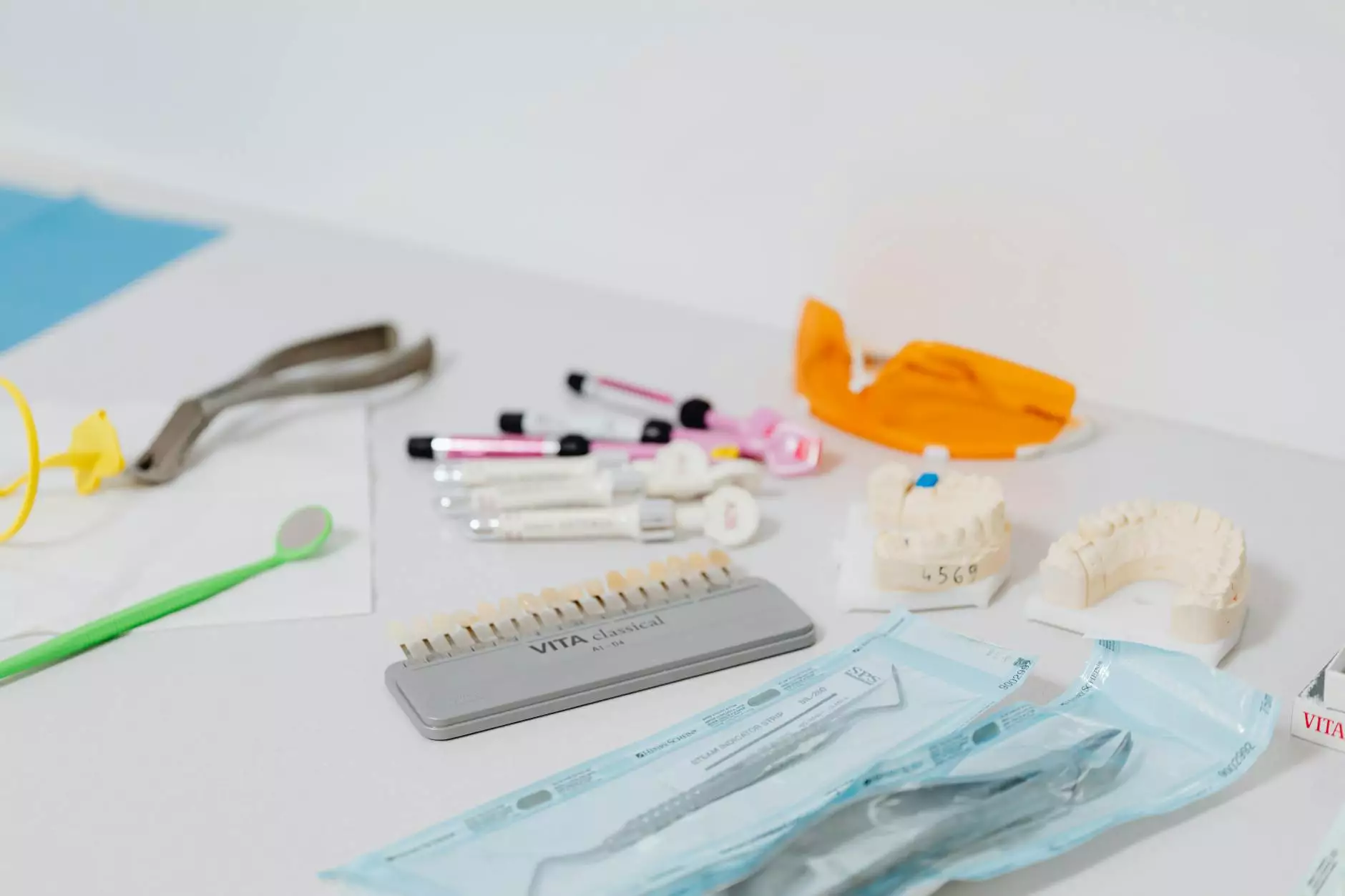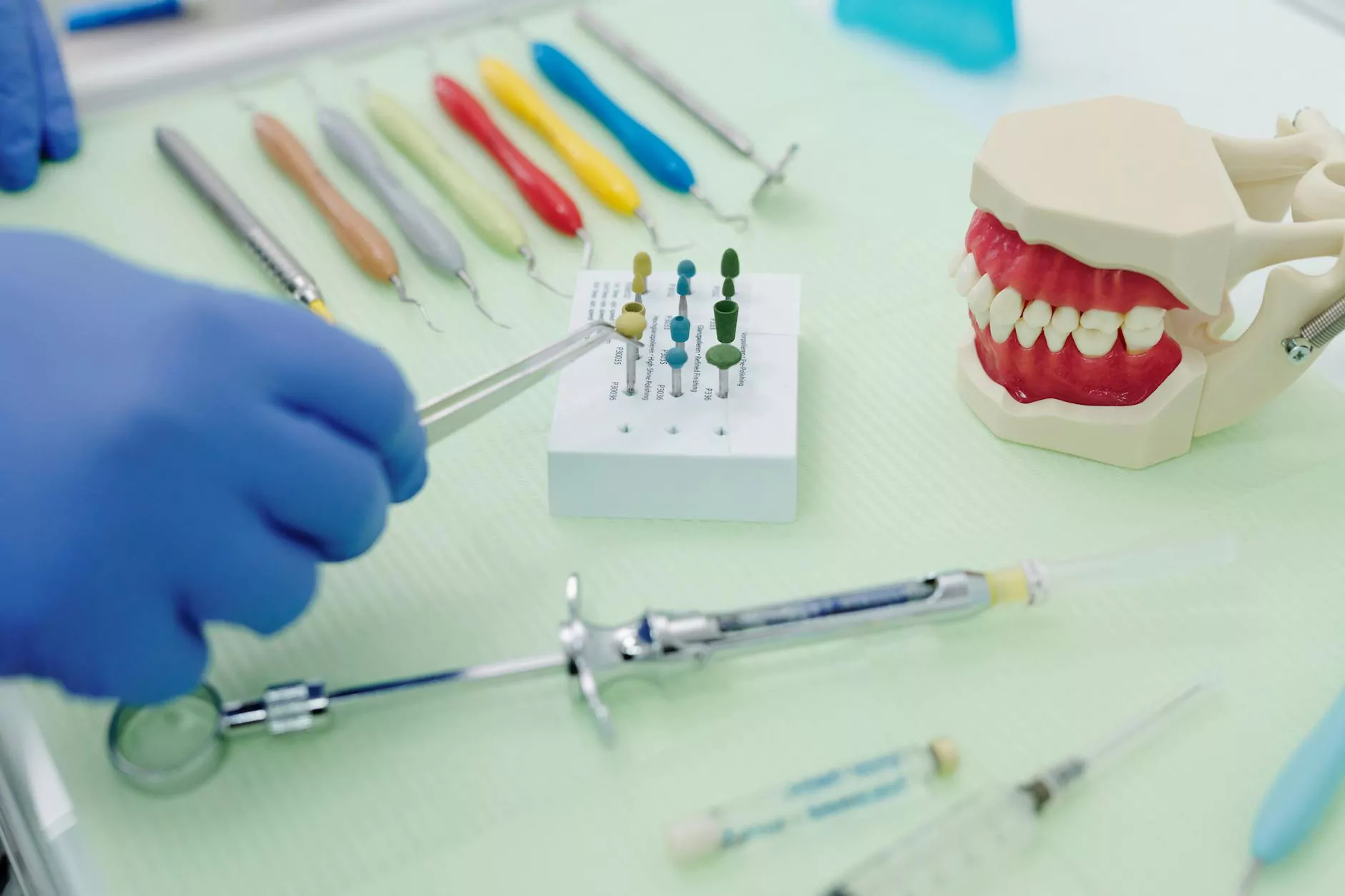Understanding Shoulder Pain with Internal Rotation

Shoulder pain is a common ailment that can significantly impact daily life and overall health. One specific type of pain that many individuals experience is shoulder pain with internal rotation. This article delves into the causes, symptoms, treatment options, and preventative measures associated with this condition, aiming to provide you with a comprehensive understanding to enhance your health and quality of life.
What is Shoulder Pain with Internal Rotation?
The shoulder joint is one of the most mobile joints in the human body, allowing a wide range of motion. However, this flexibility makes it susceptible to injuries and conditions that can lead to pain, particularly when the arm is internally rotated. Shoulder pain with internal rotation refers to discomfort that occurs when raising the arm inwards towards the body, often accompanied by stiffness and reduced range of motion.
Common Causes of Shoulder Pain with Internal Rotation
Understanding the root causes of shoulder pain with internal rotation is essential for effective treatment. Here are some prevalent causes:
- Rotator Cuff Injuries: The rotator cuff is a group of muscles and tendons that stabilize the shoulder. Tears or inflammation can lead to pain during internal rotation.
- Bursitis: Inflammation of the bursae (small fluid-filled sacs) in the shoulder can cause pain, particularly when the shoulder is moved inwards.
- Shoulder Impingement: This occurs when the rotator cuff tendons are irritated or inflamed, typically due to repetitive overhead activities.
- Arthritis: Various forms of arthritis, such as osteoarthritis or rheumatoid arthritis, can cause joint pain, especially during movement.
- Frozen Shoulder (Adhesive Capsulitis): This condition results in stiffness and pain, limiting the shoulder's range of motion.
- Fractures: Any fracture within the shoulder region can lead to substantial pain during movements involving internal rotation.
- Postural Issues: Poor posture can contribute to shoulder pain due to muscular imbalances and strain on the shoulder joint.
Symptoms Associated with Shoulder Pain with Internal Rotation
Recognizing the symptoms associated with shoulder pain with internal rotation can help in seeking timely medical attention. Symptoms may include:
- Localized Pain: Pain may be felt on the top or side of the shoulder, often radiating down the arm.
- Stiffness: Difficulty lifting the arm or reaching behind the back due to tightness.
- Weakness: Reduced strength in arm movements, particularly when lifting or rotating.
- Swelling: Inflammation around the shoulder joint may be noticeable.
- Creaking or Grinding Sounds: Audible sounds during shoulder movement can indicate underlying issues.
Diagnosis of Shoulder Pain with Internal Rotation
To effectively treat shoulder pain with internal rotation, a proper diagnosis is crucial. The diagnostic process typically involves:
- Medical History: Patients may be asked about their symptoms, health history, and any recent activities that may have contributed to the pain.
- Physical Examination: A healthcare professional will assess the range of motion, strength, and areas of tenderness.
- Imaging Tests: X-rays, MRI, or ultrasound may be utilized to visualize the shoulder joint and identify any underlying problems such as fractures or tears.
Treatment Options for Shoulder Pain with Internal Rotation
After a diagnosis is established, a variety of treatment options can help alleviate shoulder pain with internal rotation. These treatments may include:
Conservative Treatment
- Rest: Limiting activities that exacerbate the pain is vital for recovery.
- Ice Therapy: Applying ice packs can help reduce swelling and pain.
- Physical Therapy: A structured rehabilitation program can strengthen shoulder muscles, improve flexibility, and restore range of motion.
- Medications: Nonsteroidal anti-inflammatory drugs (NSAIDs) can help manage pain and reduce inflammation.
Advanced Treatment Options
- Corticosteroid Injections: If non-invasive treatments fail, injections can provide immediate relief from pain and inflammation.
- Platelet-Rich Plasma (PRP) Therapy: This involves injecting platelets derived from the patient’s blood into the shoulder to promote healing.
- Surgery: In severe cases, surgical intervention may be required to repair torn ligaments, tendons, or to remove bone spurs contributing to impingement.
Preventing Shoulder Pain with Internal Rotation
Prevention plays a key role in avoiding shoulder pain with internal rotation. Here are some effective strategies:
- Maintain Good Posture: Ergonomic adjustments in the workplace and conscious posture correction can decrease the risk of shoulder pain.
- Regular Exercise: Engaging in shoulder-strengthening and flexibility exercises can enhance overall shoulder function.
- Warm-Up and Stretch: Always warm up and stretch before engaging in physical activities, especially sports that involve repetitive arm movements.
- Listen to Your Body: Avoid pushing through pain when performing activities, and take breaks as needed.
When to Seek Medical Attention
It's important to recognize when shoulder pain with internal rotation requires professional medical evaluation. Seek medical attention if:
- The pain is severe and doesn't improve with rest.
- There is significant swelling or bruising.
- You experience weakness in the arm or hand.
- Pain radiates down the arm or into the neck.
- You notice changes in shoulder appearance, such as deformities.
Conclusion
Living with shoulder pain with internal rotation can be incredibly challenging, impacting both personal and professional aspects of life. However, by understanding the causes, symptoms, and available treatments, you can take proactive steps towards finding relief. Whether through conservative management or more advanced surgical options, regaining your shoulder function is possible. Always consult with a healthcare provider to develop a tailored approach to your specific condition.
Explore More on Health & Wellness
For further insights into health and medical topics, as well as education resources, visit IAOM US. Embrace a healthier you!









